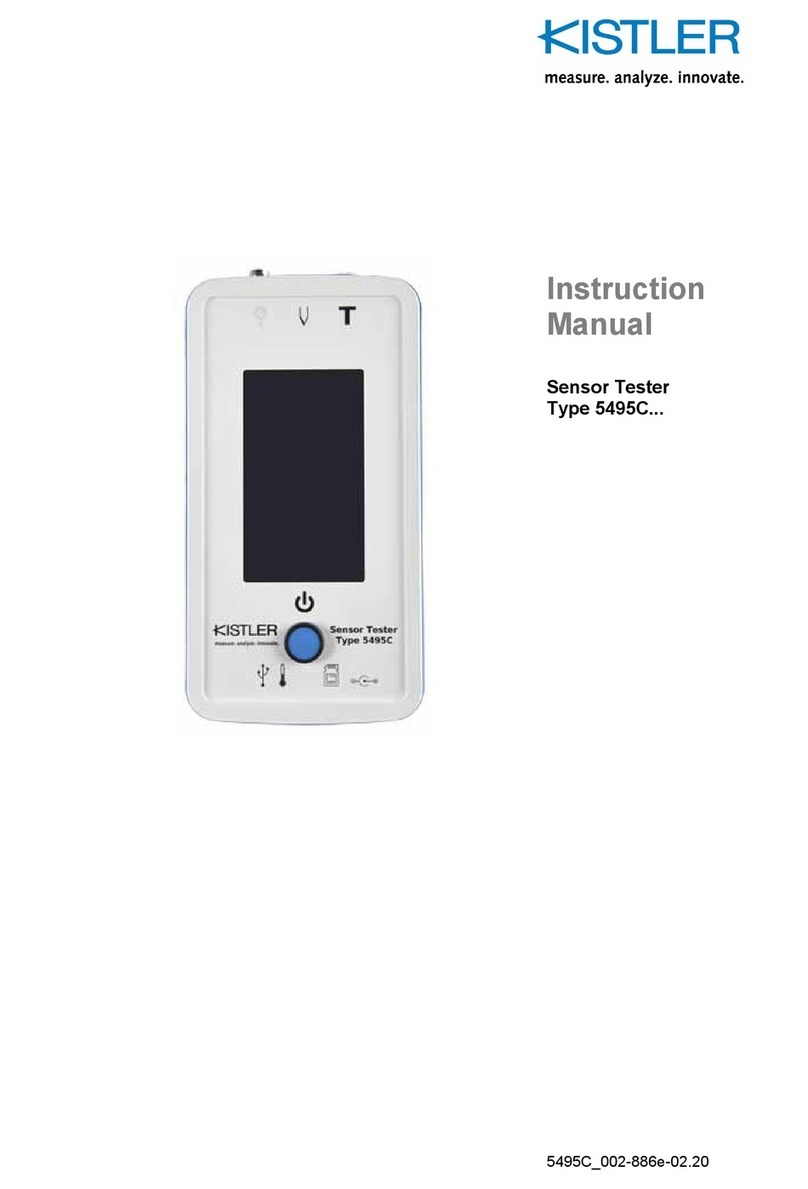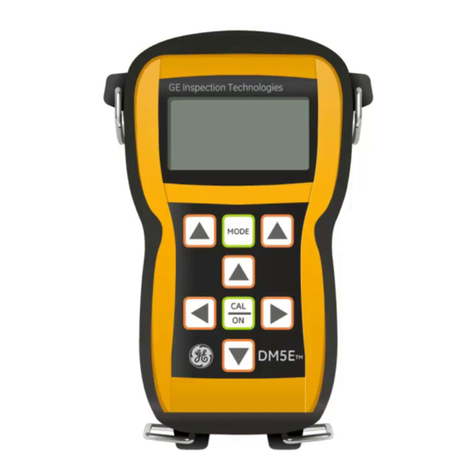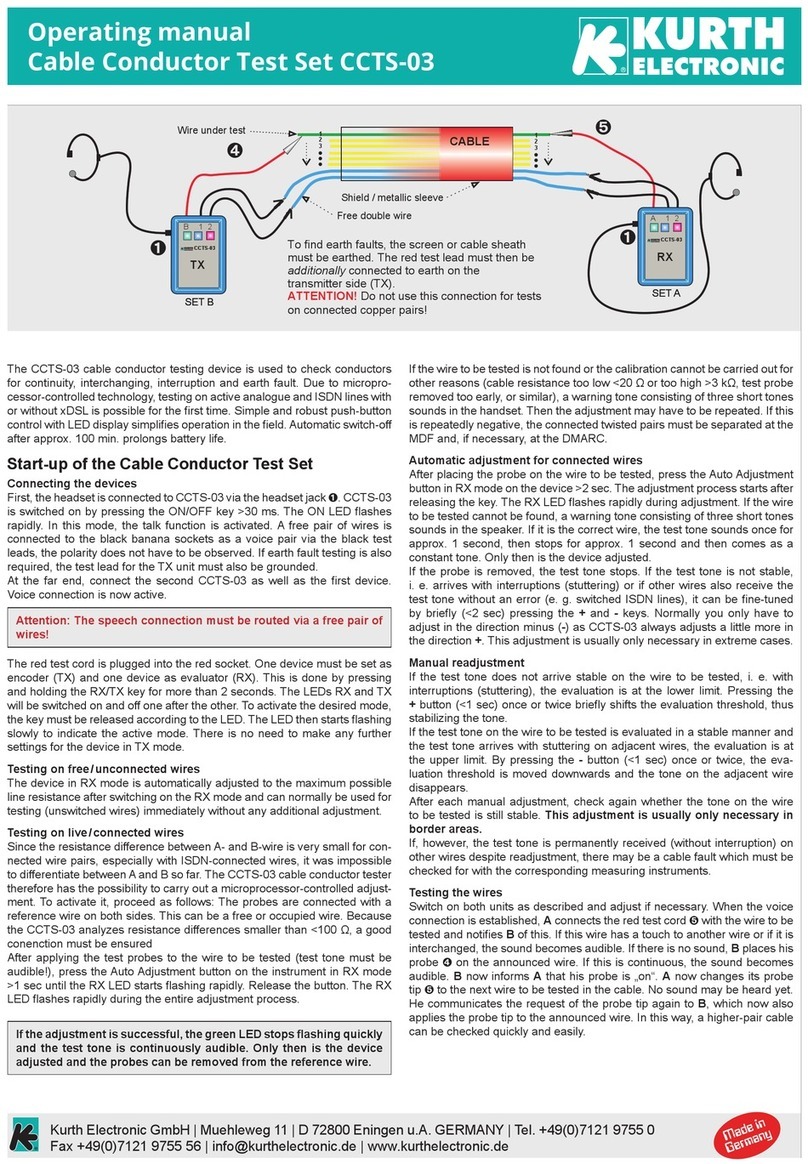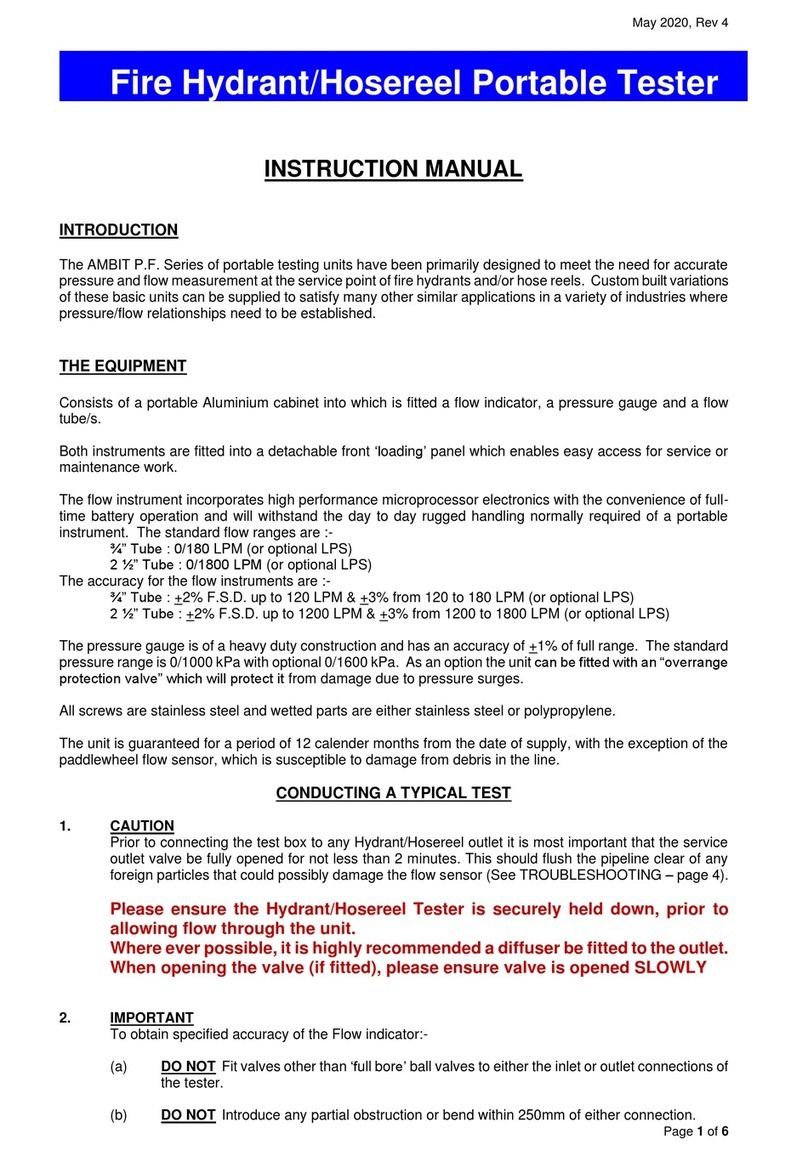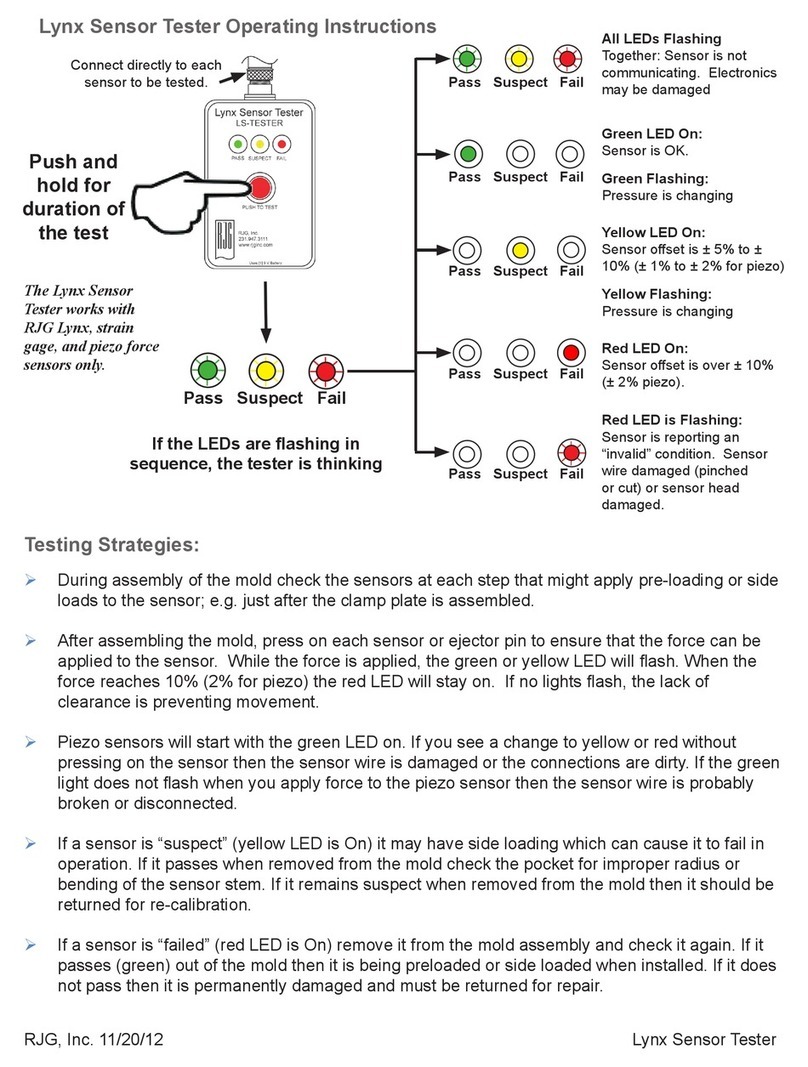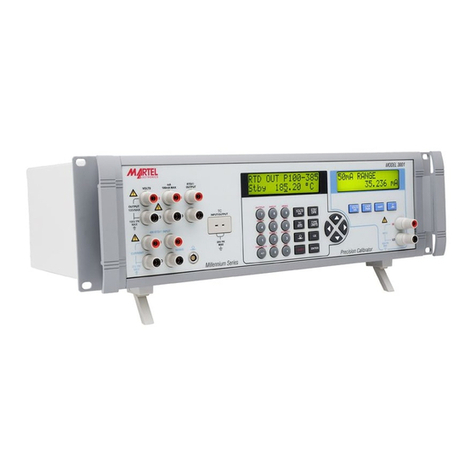
3-2
3.2.3 Vernier Adjustment
The Model 325 Calibrator offers a vernier adjustment for checking setpoint, peak/hold,
alarm, and overrange instrument functions (see paragraph 3.4). The bat-handle
switch must be in the 'IN' position for vernier function. As specified in paragraph 1.2, the
vernier
functions over 106% of the selected step range (slightly more than 0.5 mV/V).
3.3 CALIBRATION
The typical procedure for calibrating a transducer indicating/transmitting instrument is to
apply known input mV/V levels and adjust the instrument to display the correct
equivalent value in engineering units such as lb, kg, etc.. For example, when 0
mV/V is selected the instrument display should read 0 pounds. If the indicator does not
read 0 pounds at 0 mV/V, adjust the instrument zero selector (consult instrument
operator's manual for instructions) until the readout is correct. If the system/platform
rated capacity is 10,000 pounds at 2 mV/V, setting the 325 simulator switch to 2 mV/V
should result in a 10,000 pound display. If the indicator does not read 10,000 pounds at
2 mV/V, adjust the instrument span selector (consult instrument operator's manual for
instructions) until the readout is correct.
If the system full scale rated output is 2 mV/V, midrange linearizing calibration
adjustments can be made by selecting 0.5, 1, and 1.5 mV/V steps and adjusting the
readout to display 25, 50, and 75% of capacity (re-check 0 and full scale displays
afterwards). Similarly, for a 3 mV/V system, linearizing adjustments can be made at 0.5,
1, 1.5, 2, and 2.5 mV/V.
3.3.1 Dead Weight Signal Calibration
With newer BLH indicators/transmitters it is not necessary to initially calibrate out the
load cell output corresponding to dead load, or empty vessel weight. This step will
normally be accomplished by simply re-acquiring a new calibrated zero value on the
system after the live load calibration is complete.
3.3.2 Establishing Zero
To establish zero, perform the following:
1. Select 0 mV/V on the 325 calibrator.
2. Adjust the indicator/transmitter to zero and/or output a value corresponding to
zero (i.e. set 4-20 mA output to 4 mA).3.3.3 Calculate the Live Load mV/V Signal
The next requirement is to determine the live load mV/V signal (portion of the load cell
output corresponding to actual product weight). Use the formula presented in Figure 3-2
to determine this value.




